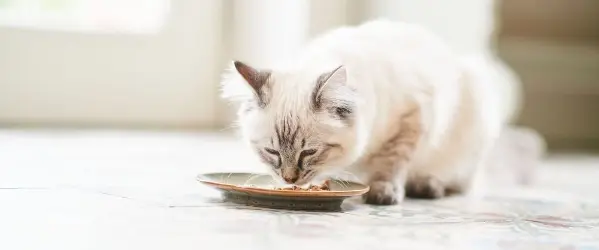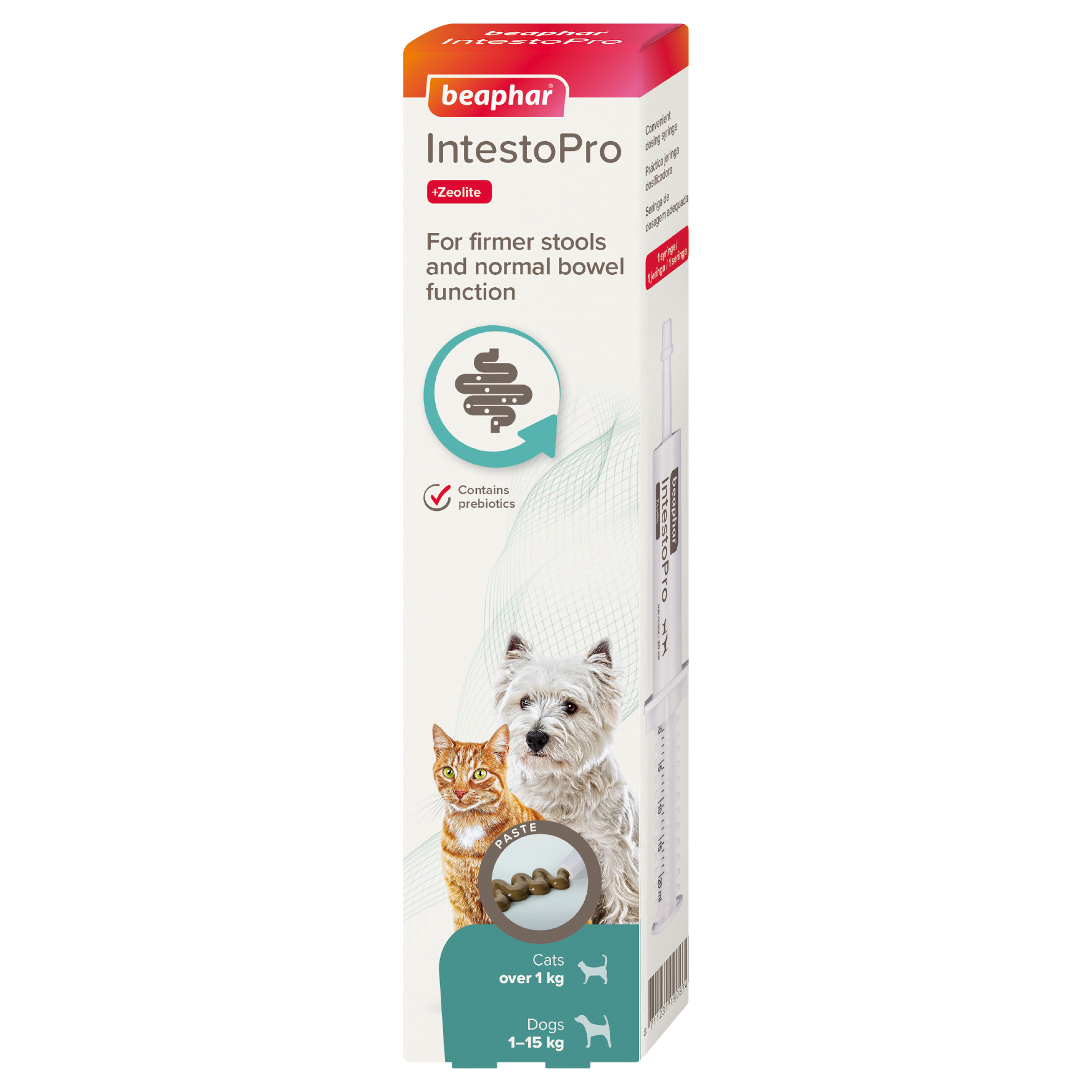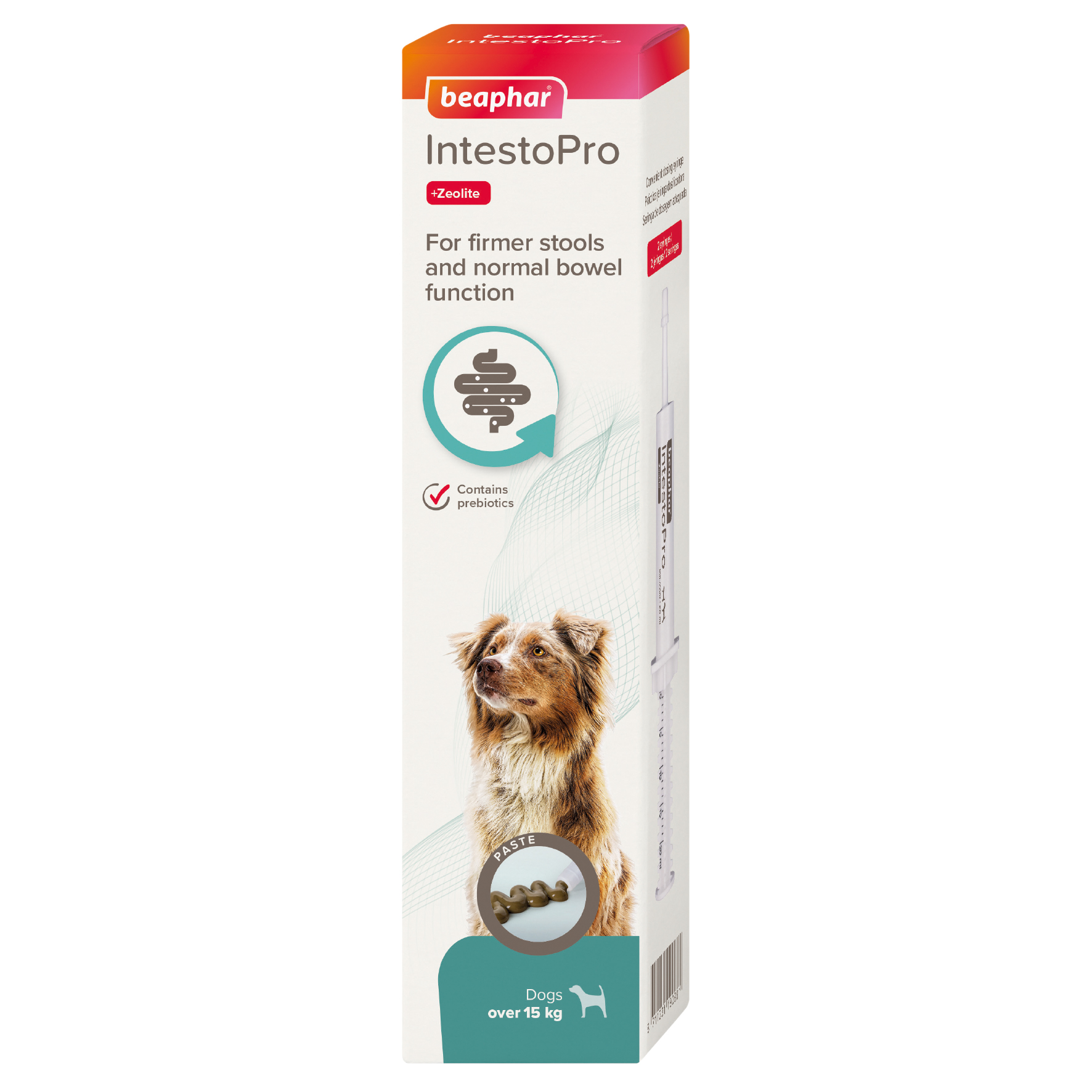How to change your pet's food
Changing our pet’s food might seem like an easy thing to do, but when it’s not done carefully it can cause our pets to become unwell with loose stools and diarrhoea. No owner likes to see their pet in distress, which is why when changing your cat or dog from one food to another you need to complete the process slowly.
Why might I need to change my pet’s diet?
Our pets experience diet changes throughout their lives. This includes kittens and puppies transitioning from their mother’s milk to solid food, young pets moving onto adult food, and adult pets changing to senior pet food. Some pets may also develop allergies or sensitivities during their lives, which means they need to change onto a specialised diet.
What happens if I change my pet’s food too fast?
While it can be tempting to just finish your pet’s old food and move them straight onto the new one, it is important to conduct a diet change slowly. This is because your cat or dog’s digestive system needs time to respond to the change; different foods have completely different nutritional profiles which can cause diarrhoea when changed suddenly.
Changing to a new food too quickly increases the likelihood of diarrhoea occurring, which can be uncomfortable and distressing for your pet. Conducting a diet change slowly gives your cat or dog’s digestive system and the good bacteria within it time adjust to the new food’s nutritional profile and how to process it. This helps make the transition between foods smoother and reduces the likelihood of digestive disturbances occurring.
How do I change my pet’s diet?
The key thing to remember when changing your cat or dog’s diet is to do so gradually, allowing time for the digestive system to get used to it. This will help reduce the chance of your pet suffering from diarrhoea.
How long does it take to change my pet’s diet?
We recommend making the diet transition over 10–14 days. However, all pets are different and if your cat or dog is particularly fussy or has a sensitive stomach, you may need to take longer between each phase.
Use the following steps to transition your pet from one food to another
We’ve put together a general guide for you to follow when transitioning your pet from one food to another. If your cat or dog is selectively eating the old food rather than the new food, reduce the ratio of new food until your pet eats the entire meal. Stay at this ratio for a few days, then begin to increase the amount of new food again. Keep the ratio of new food to old food the same until your pet begins to eat the entire meal before moving onto the next phase.
Step One
Days 1–3: Mix in a small amount of the new food (maximum 25%) with your pet’s existing food (75%).
Step two
Days 4–7: Providing your pet is readily accepting the new food and your pet hasn’t had any loose stools, gradually increase the amount of new food up to 50% and decrease the amount of their old diet to 50%.
Step three
Days 8–10: Increase the amount of new food to 75% and decrease their old diet to 25%.
Step four
Days 11–14: Providing there have been no digestive disturbances and your pet is still readily accepting the new food, you can gradually phase out the old diet until they are only fed the new food.
Beaphar IntestoPro Paste for Cats and Dogs
Beaphar IntestoPro Paste helps firm up loose stools in cat and dogs. Conducting a diet switch gradually reduces the chance of digestive problems, but some softer stools may still be seen. During this time, you can use a stool firmer, such as Beaphar IntestoPro Paste. It contains natural active ingredients to firm up stools and prebiotics to support normal bowel function, so is a helpful aid for your pet’s tummy during this time.
If you feel your pet is experiencing severe or ongoing diarrhoea or constipation while changing their diet, seek veterinary advice.
Beaphar IntestoPro - helps soothe unsettled tummies




